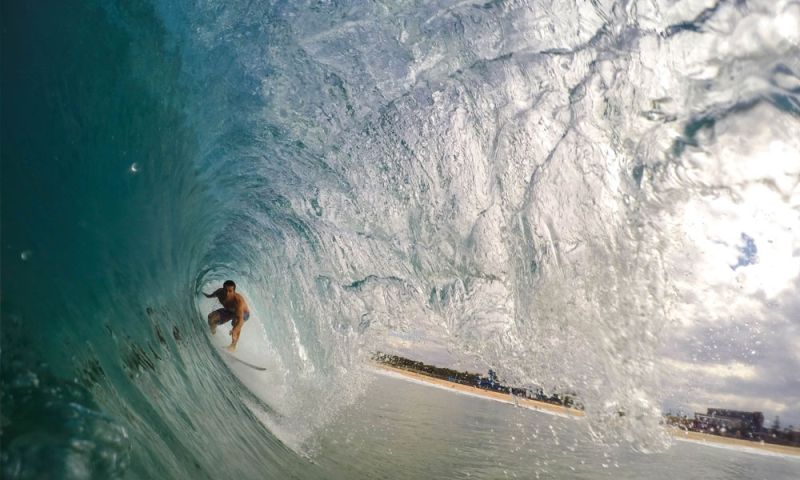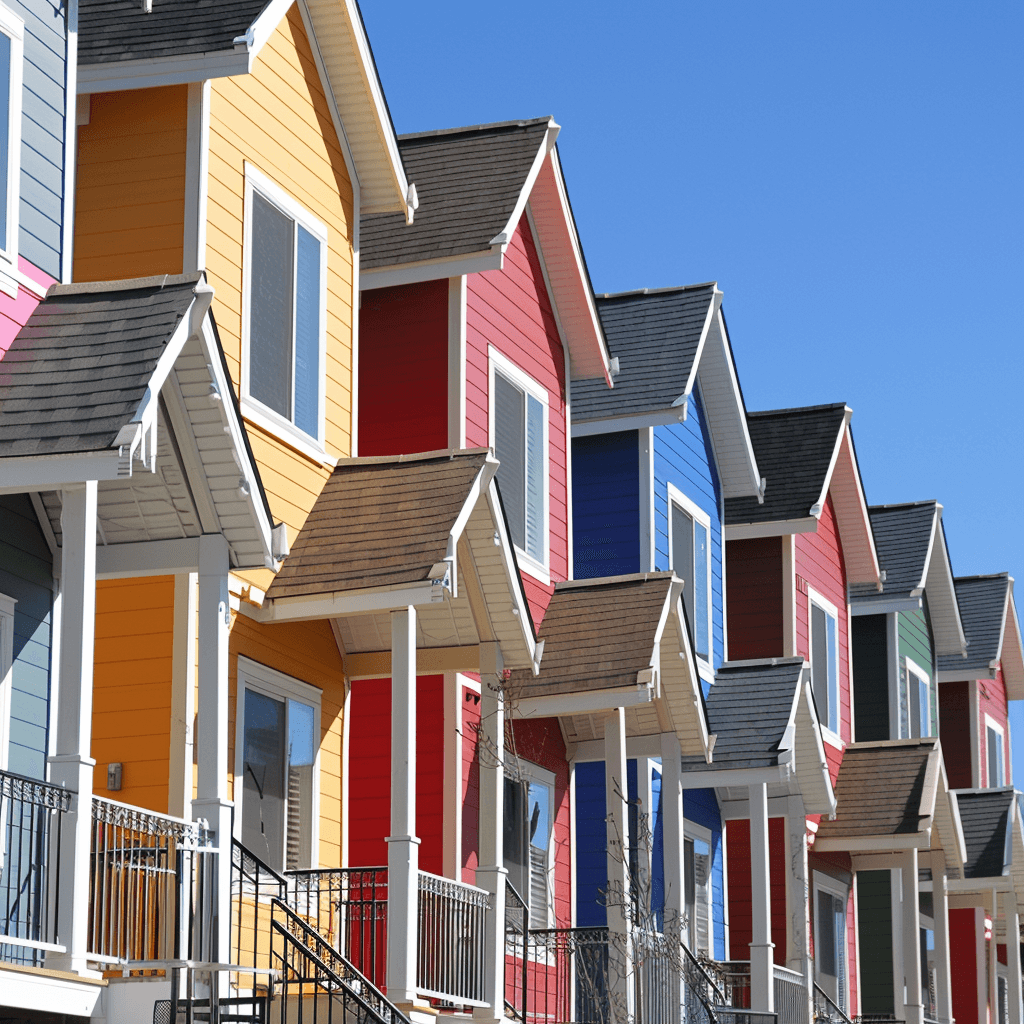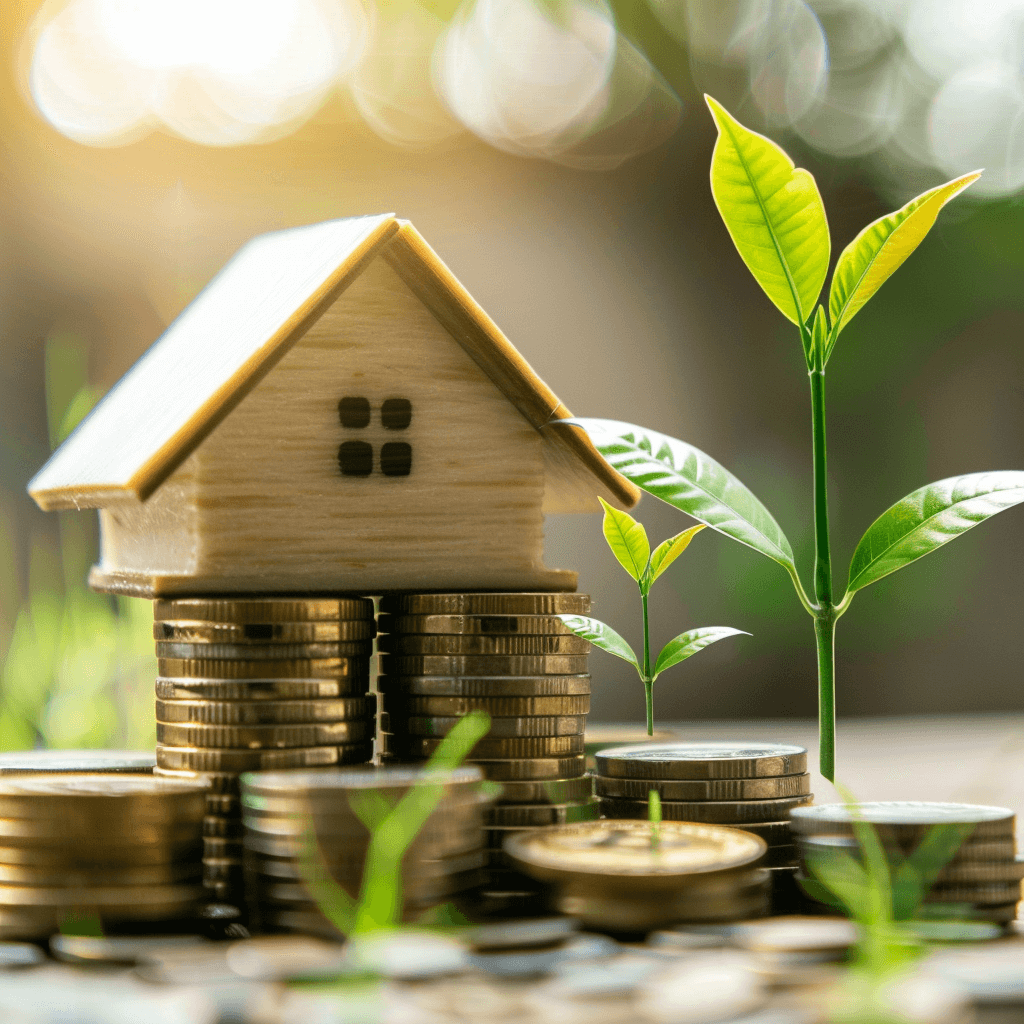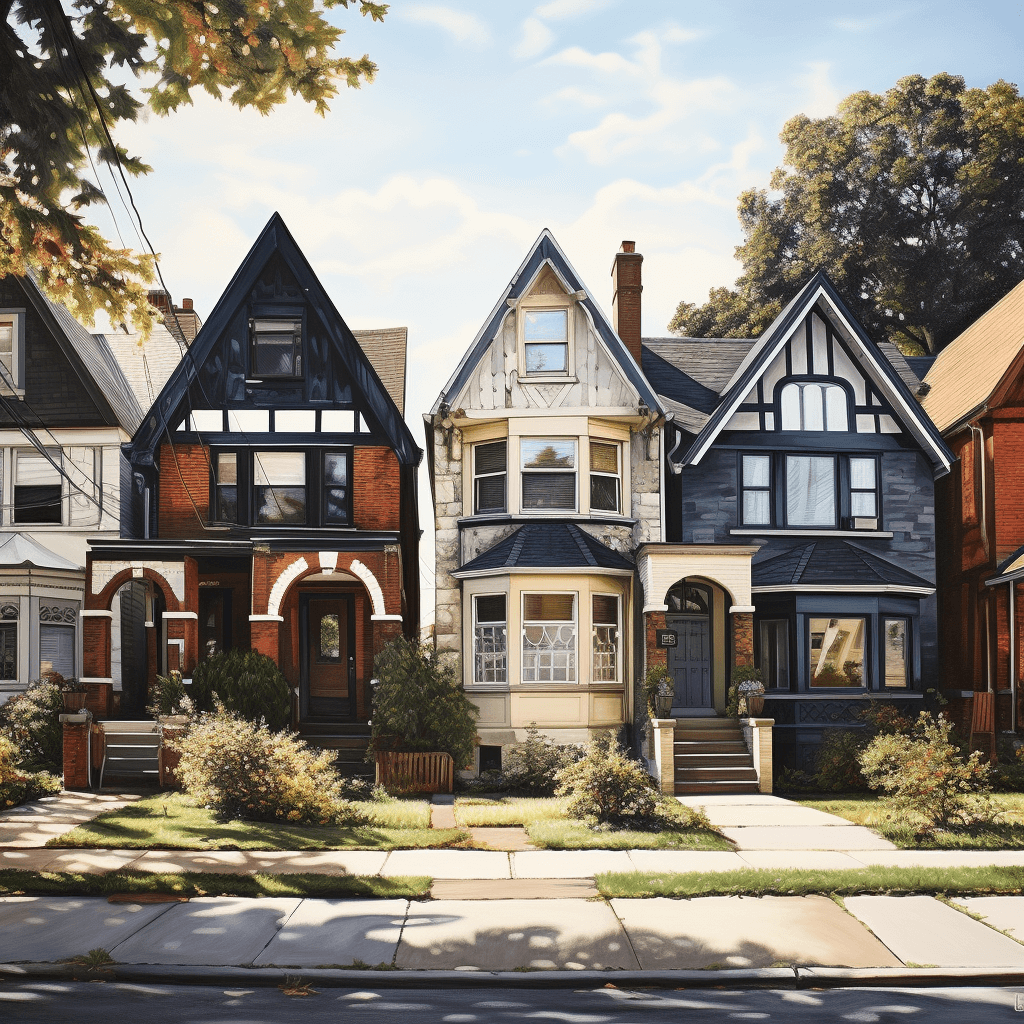Queensland is emerging as a new investment hotspot, driven by affordable pricing, strong interstate migration and high levels of government infrastructure spending.
Population Boom Ahead
South East Queensland is tipped for a major population boom and according to Urbane Homes, it is set to welcome just under 1,500,000 new residents over the next 20 years. This is largely thanks to record high property prices in both New South Wales and Victoria creating a surge in interstate migration.
This means people moving to South East Queensland will grow from just under 1,000 per week to over 1,430 per week by 2036.
And it is already happening. In the last three years alone, South East Queensland’s population has increased by over 60,800 residents.
Key Suburbs Face Undersupply
The real opportunity emerges as housing in some key areas is undersupplied and will further tighten as the population continues to grow as forecast. According to Urbis, demand will be driven into key suburbs within the Logan and Ipswich Local Government Areas, with both regions potentially facing significant supply challenges when partnered with such strong population growth forecasts.
Ipswich is set to attract a strong share of population growth, registering a 144% increase in new residents between 2016 and 2036. With a median house price of $350,000 and an average gross rental return of 5.42% per year, Ipswich is an area that presents first home buyers and investors with an affordable entry price point and solid value uplift.
Similarly, Logan’s population is set to grow by 56% by 2036 and currently has a median house price of $400,000. The Brisbane LGA is also forecast to receive a 21% boost to its residential population by 2036 with the median house price currently sitting at $650,000.
Clearly these prices are attractive to both owner occupiers and investors from the southern states, who would struggle to find similarly-priced property in comparable areas with the median price in greater Sydney sitting at just under the $1 million dollar mark.
Comparing median house prices in Sydney and Brisbane based on suburbs the same distance from each city’s CBD, there is a gap of more than $730,000 in price. For example, according to RP Data, Paddington in Brisbane has a median price of $1,000,000 compared to Paddington in Sydney’s $2,309,900 – yet both are 5 kilometres from the CBD.
Kellyville in Sydney is some 25 kilometres from the Sydney CBD and has a median house price of $1,200,000 compared to Springfield Lakes in Brisbane which is the same distance from the CBD but has a median house price of just $400,000.
Importantly, the forecast population growth in South East Queensland is supported by more than $25 billion in infrastructure spending to accommodate the influx of new residents by 2036, as predicted by Urbane Homes.
Government Infrastructure Spending
According to the Queensland State Infrastructure Plan of March 2016, key infrastructure projects to be completed by 2021 include $10.94 billion in transport investment comprising the $2 billion Brisbane Airport upgrade and the $5 billion Cross River Rail initiative; a $734 million arts/culture and recreation upgrade that will include the new $2 billion ‘Brisbane Live’ Entertainment Arena Precinct; a $2.03 billion energy upgrade; $5.37 billion investment in health and the medical industry; $504 million in education and training and a further $267 million in water projects.
SEQ Ticks the Investment Boxes
South East Queensland currently presents some compelling investment opportunities for savvy investors seeking to ride the wave of long-term growth.
But as always, there are locations and properties that will perform better than others and investors are cautioned to do their numbers, research specific locations and seek professional advice before jumping in. Investment mistakes are costly and can be made in haste.
Published in -







